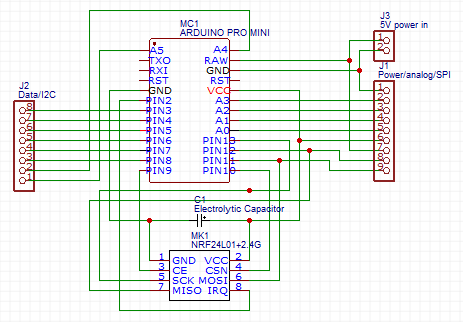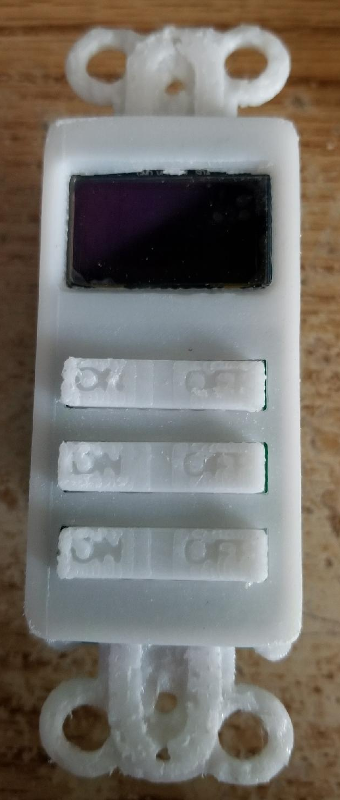What did you build today (Pictures) ?
-
We could make a new topic about making sensor boxes with projects already done and how to make them
-
So I now have 4 weather animations designed. Rain, snow, sunny and cloudy. The idea for now is to have the screen switch between 4 screens. Indoor temp, outdoor temp, current weather animation and current time read from my Vera controller. Here is a sample of my 4 weather animations.
https://www.youtube.com/watch?v=2oA-DtqI6aY -
I've build this temperature & humidity node.
It uses a Si7021 for the temperature and humidity, a power converter from a Li-ion cell to 3,3v. Voltage measurement with a voltage divider on pin A0.
I've removed the led and converter from the mini pro and also the power converter from the Si7021 (next time I will buy one for 3.3v instead of 5v). This really prolong your battery time, more then 4 times in my case. Looks like the node can run approximately half a year on a full Li-ion cell, scavenged from an old laptop battery.

-
I've build this temperature & humidity node.
It uses a Si7021 for the temperature and humidity, a power converter from a Li-ion cell to 3,3v. Voltage measurement with a voltage divider on pin A0.
I've removed the led and converter from the mini pro and also the power converter from the Si7021 (next time I will buy one for 3.3v instead of 5v). This really prolong your battery time, more then 4 times in my case. Looks like the node can run approximately half a year on a full Li-ion cell, scavenged from an old laptop battery.

-
So I started work on a PCB for my OLED keypad scene controller. While designing it I wanted to make it with a few different switch configuration options. One design is the current layout like I have posted in my pics. One other proposed layout was one with up, down, left, right and select buttons. I designed it with 9 buttons which would allow for both of these configurations and more. Here is the proposed board:
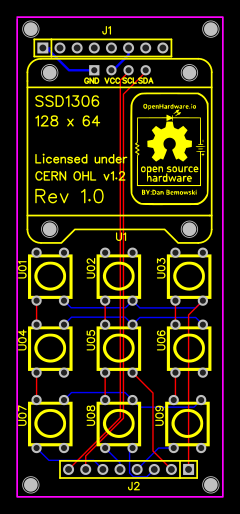
If anyone can see any problems or have any other suggestions for this design, let me know. -
So I started work on a PCB for my OLED keypad scene controller. While designing it I wanted to make it with a few different switch configuration options. One design is the current layout like I have posted in my pics. One other proposed layout was one with up, down, left, right and select buttons. I designed it with 9 buttons which would allow for both of these configurations and more. Here is the proposed board:

If anyone can see any problems or have any other suggestions for this design, let me know.@dbemowsk said in What did you build today (Pictures) ?:
If anyone can see any problems or have any other suggestions for this design, let me know.
You had earlier lamented the low refresh rate. If you have the gumption, how about adding an SPI OLED interface such that it can do either I2C or SPI for the OLED? Having that extra option would only cost you at most 2.54mm in the vertical dimension.
-
Recieved some PCBs today and one is the HLK-PM01 breakout which I will start working on for a project.
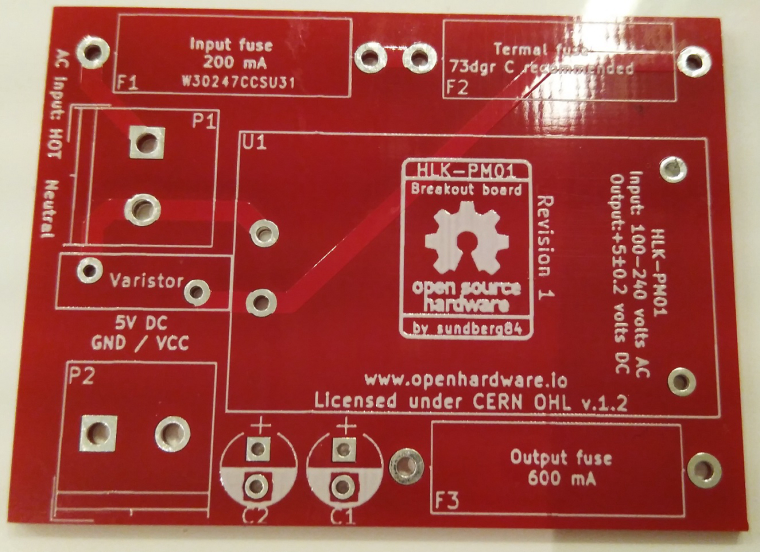
-
@dbemowsk said in What did you build today (Pictures) ?:
If anyone can see any problems or have any other suggestions for this design, let me know.
You had earlier lamented the low refresh rate. If you have the gumption, how about adding an SPI OLED interface such that it can do either I2C or SPI for the OLED? Having that extra option would only cost you at most 2.54mm in the vertical dimension.
-
@dbemowsk said in What did you build today (Pictures) ?:
If anyone can see any problems or have any other suggestions for this design, let me know.
You had earlier lamented the low refresh rate. If you have the gumption, how about adding an SPI OLED interface such that it can do either I2C or SPI for the OLED? Having that extra option would only cost you at most 2.54mm in the vertical dimension.
@neverdie I was exploring your suggestion of having both I2C and SPI options for the OLED display. One issue is that I do not have the SPI bus MOSI AND MISO PINS broken out on the headers. Because of this, to run it over SPI, I would have to modify the controller board, which I may do on a future release of the board.
-
Finished assembling my HLK module...
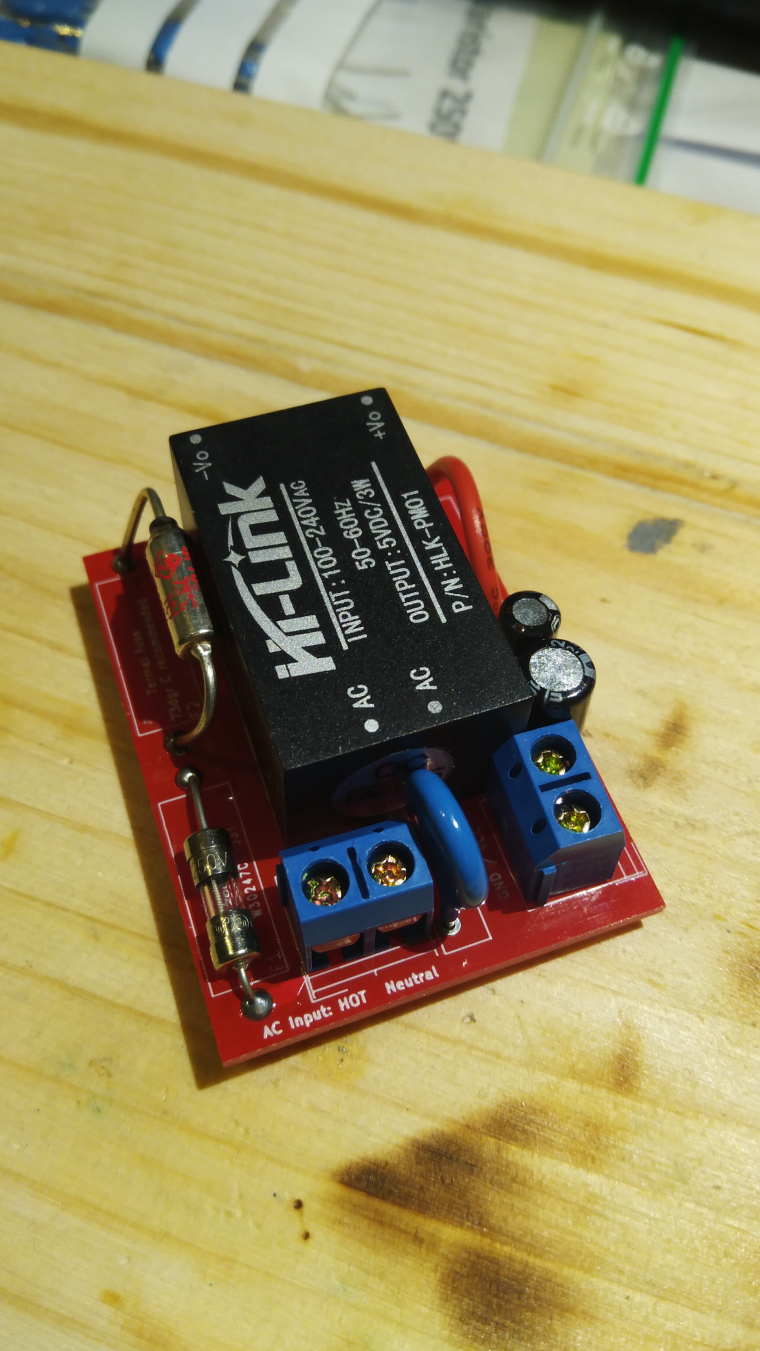
-
Finished assembling my HLK module...

@sundberg84 Out of curiosity, How did you solder your thermal fuse on? What temperature thermal fuse did you use?
-
@sundberg84 Out of curiosity, How did you solder your thermal fuse on? What temperature thermal fuse did you use?
@dbemowsk 74dgr C and solder it as usual (but quick and make it go down in temp before solder again). No problem. I have longer legs so it can touch the HLK module and that might help.
-
@dbemowsk 74dgr C and solder it as usual (but quick and make it go down in temp before solder again). No problem. I have longer legs so it can touch the HLK module and that might help.
@sundberg84 the last few I did on my scene controller power supply boards I ended up using an ice pack on it while soldering. I had blown a good handful of these till I figured that out. I use similar 73°C fuses and keep the legs as long as I can and attach it to the side of the HLK case with a tiny dab of superglue.
-
Holding the leg with a big pair of pliers is, in my experience, a good way to keep the temperature down. Something like this can absorb a lot of heat:
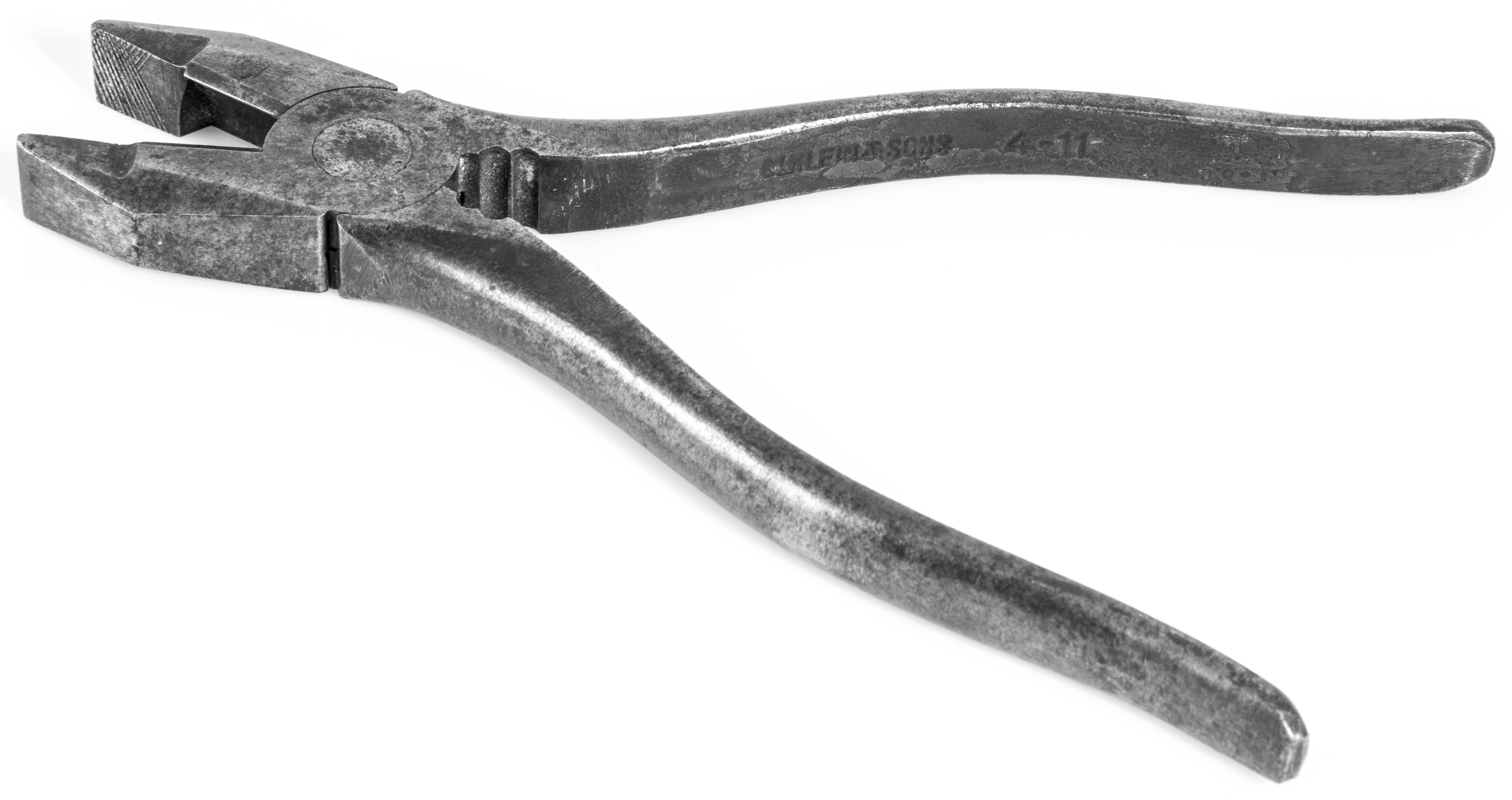
@mfalkvidd I would agree, but when space is cramped, those are not always a workable solution. Great suggestion though.
-
@mfalkvidd I would agree, but when space is cramped, those are not always a workable solution. Great suggestion though.
@dbemowsk true. But from the photo sundberg84 posted, there seems to be a lot of space so in his particular case it should work. Needle-nose pliers are also useful. They can't absorb as much heat, but they absorb some (especially if you put them in the freezer first ;-) ) and fit into tight spaces.
-
@dbemowsk said in What did you build today (Pictures) ?:
If anyone can see any problems or have any other suggestions for this design, let me know.
You had earlier lamented the low refresh rate. If you have the gumption, how about adding an SPI OLED interface such that it can do either I2C or SPI for the OLED? Having that extra option would only cost you at most 2.54mm in the vertical dimension.
@neverdie So because of your suggestion, I decided to explore the revision to the main controller board. I have not posted this revision to OpenHardware.io yet. Thought I'd get some feedback here first.
Some of the minor changes that I made were to the definitions of the headers. The headers now are labaled J1, J2 and J3. One other change was to combine the old J2 and J3 together into one header which is now designated J2. The biggest change was breaking out the MOSI and MISO SPI lines to the new J1 header. All changes are backward compatible with the old switch board hat. Here is the proposed board design. With the SPI bus now broken out, this will now allow the use of SPI capable displays and sensors such as the 128 x 64 OLED display for my current display/keypad board. I will make the changes to that soon.

The schematic is simple.
